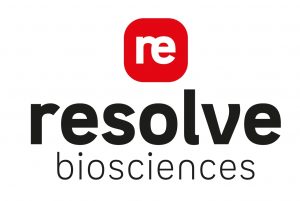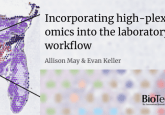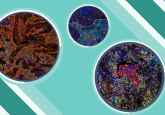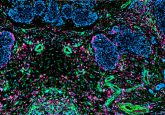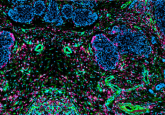Infographic: spatial transcriptomics
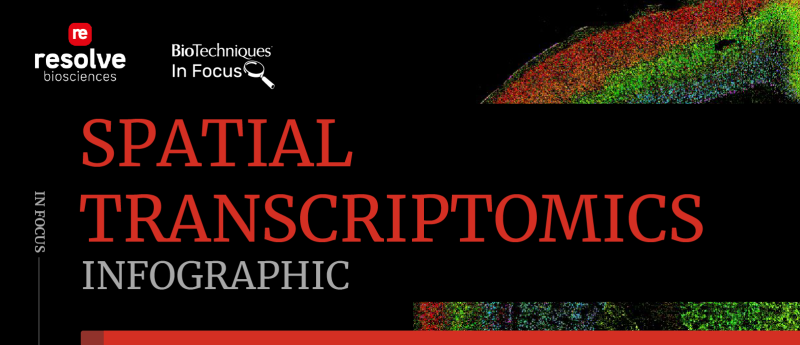
The emergence of spatial biology, from diverse technological advances in next-generation sequencing and beyond, has resulted in the ability to generate data at a higher resolution, allowing scientists to finally examine how gene and protein expression play out in the body.
Spatial transcriptomics makes it possible to discover the spatial context of gene expression in natural tissue architecture. This infographic highlights the considerations for implementing spatial transcriptomics in your workflows and introduces the existing methodologies for this approach.
What will you learn?
- The key considerations for implementing spatial biology
- The advantages and disadvantages of different spatial biology techniques
- The working principles for smFISH, Microdissection, in situ sequencing and in situ capturing through
And much more!
For more information on spatial biology, check out the rest of our In Focus on the topic, supported by Resolve Biosciences.
